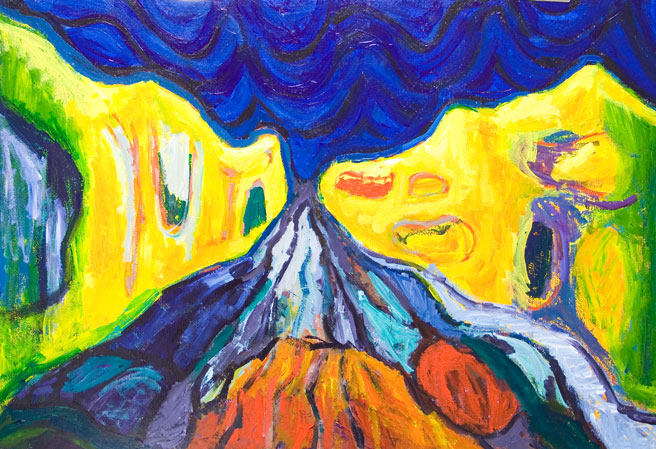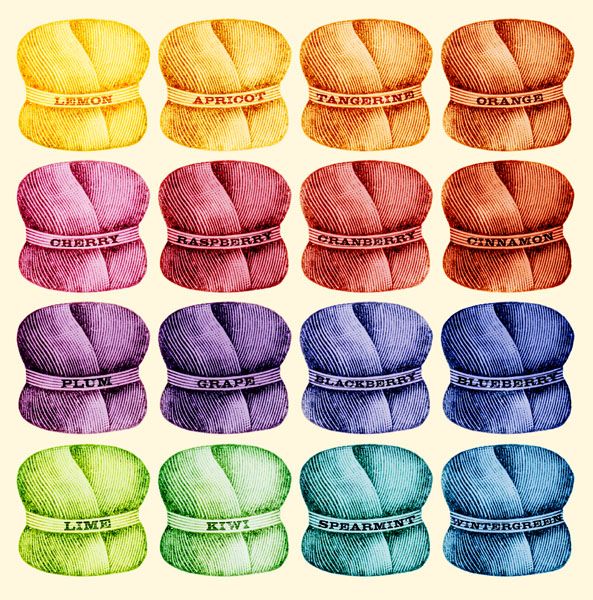While the common belief is that the definition of “new media” lies with the latest technology—the internet, digital cameras, tablets, and so forth—the more accurate statement would be that new media is defined by five key features (although not all of these features are necessary for something to be considered “new media”): numerical representation, modularity, automation, variability, and transcoding.
The first feature, numerical representation, means that new media can be defined mathematically. This includes being subject to programming, digitization, sampling, and so on. Secondly, new media is modular, having a fractal-like structure in the formation of images with pixels. Thirdly, new media can be automated, such as with video games and AI. Variability is impossible without new media’s ability to be modular. New media can have varying amounts of interactivity, from automatically customizable elements to elements that the user can create themselves. Lastly, new media can be transcoded, or translated, into other formats with ease.
New media is also unique from analog media, even analog media that has been converted into digital media. Digitally encoded media contains a fixed amount of information; thus, it can be copied infinitely without any part of the media degrading, like analog media does. Digital media also allows for random access, via databases and the internet, where analog media has much more restriction on access. Lastly, new media is highly interactive, allowing for much user input, setting it apart from its analog predecessor.
 Whenever I think of Synesthesia, I always imagine distortion–some sort of vauge, imperfect vision of the world–a different perception of reality.
Whenever I think of Synesthesia, I always imagine distortion–some sort of vauge, imperfect vision of the world–a different perception of reality. Synesthesia itself deals with percieving things with different senses–hearing colors, tasting sounds, seeing smells, and so on. I feel like this couples in really well with the concept of distortion–they are both these blurry, impercise ways of seeing reality, in my opinion.
Synesthesia itself deals with percieving things with different senses–hearing colors, tasting sounds, seeing smells, and so on. I feel like this couples in really well with the concept of distortion–they are both these blurry, impercise ways of seeing reality, in my opinion.


